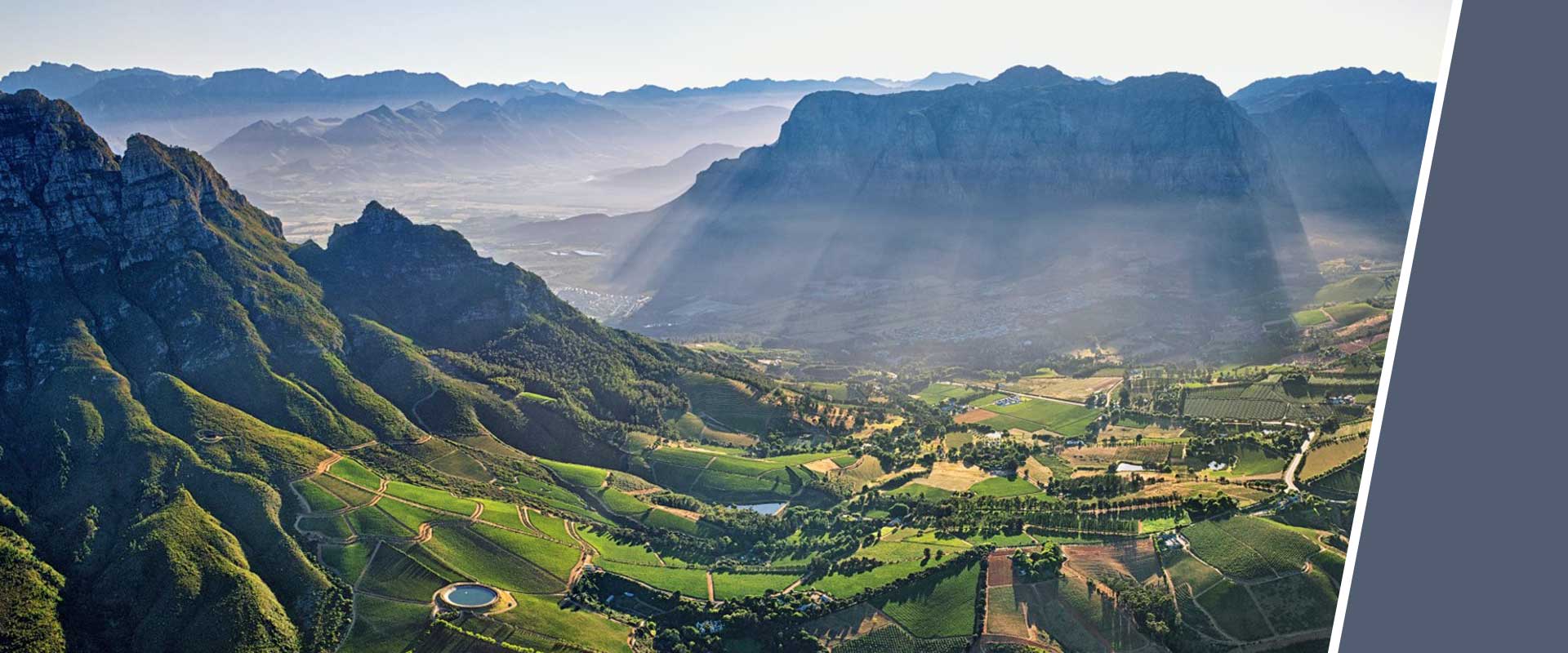
The Terroir in detail
While the soil provides the nutrients, the location and sunlight ensure optimal ripening of the noble grape varieties. The primary task of the soil is to provide the vine with sufficient nutrients. These are essentially minerals such as potassium and calcium as well as substances such as nitrogen, i.e. everything that the plant cannot produce itself. Water is an important commodity, as it is essential for all processes in the vine and makes it possible for the minerals to be absorbed in the first place. Only what is water-soluble can be absorbed by the vine. When it comes to the soil, wineries must take care to fertilise intelligently. It is important to give the actual plant something good, but the numerous micro-organisms also need enough food for their activities. Too much fertiliser, however, can also be harmful, not least because it causes the typical characteristics of the soil to disappear, the soil loses its own character and becomes interchangeable. South Africa's soils are extremely diverse; in the Stellenbosch region alone there are over 50 soil types. But this is precisely what makes South African wine so appealing, because tasting it is always a little voyage of discovery.
The location of a terroir determines the ripening process
The location of the terroir is mainly about the relationship between sunlight and wind exposure. Cultivation areas are popular on slopes because here the sun's rays can fall on the leaves of the vines at a favourable angle. It is not for nothing that one always reads about the "vineyard slope" or even "vineyard". Good sunlight favours the growth phase of a plant, and at the same time it creates enough nutrients and energy in the vine to produce the important aromatic substances for the grapes. The wind also plays an important role in the terroir and its location. Firstly, the wind determines the degree to which the plants are exposed to rain, and secondly, it provides cooling and frost protection at the same time. In the hot summer months, the vine plants need the sun, but it also leads to extremely high temperatures. A cooling wind, ideally from a cold, larger body of water, is just what they need. In the cold season, a steady wind also prevents the air from standing at one point, which leads to low temperatures. In South Africa, it is above all the so-called "Cape Doctor", the wind from the Atlantic, which takes over this important function.
Climate and microclimate in viticulture
The climate of a terroir forms the basis for successful viticulture. Only with a sufficient number of sunny days can the vines ripen optimally. In addition, factors such as average temperature, but also the lowest as well as the highest temperature are of decisive importance. In addition, the climate determines the amount of precipitation and, above all, the period when the rain falls. The climatic conditions also play a role for the wind that should not be underestimated. South Africa enjoys a fairly constant climate, which is why you can count on consistently high quality. Some even claim that the vintages play almost no role, unlike their European counterparts. We wouldn't go that far, because even in South Africa, different vintages can taste different. But you will hardly find any outliers downwards.
The microclimate is the climate at the smallest level. Here, foliage growth and the number of grapes are in a complex relationship. This interaction determines how many of the sun's rays fall on the leaves and the soil, how the air circulation is overall down to the individual leaves, and what the temperature is in the immediate vicinity of the vine. The microclimate is therefore an important component of terroir and viticulture. However, it is already impossible by definition to make statements here on a national level. The microclimate varies from vineyard to vineyard, and often even from parcel to parcel.
